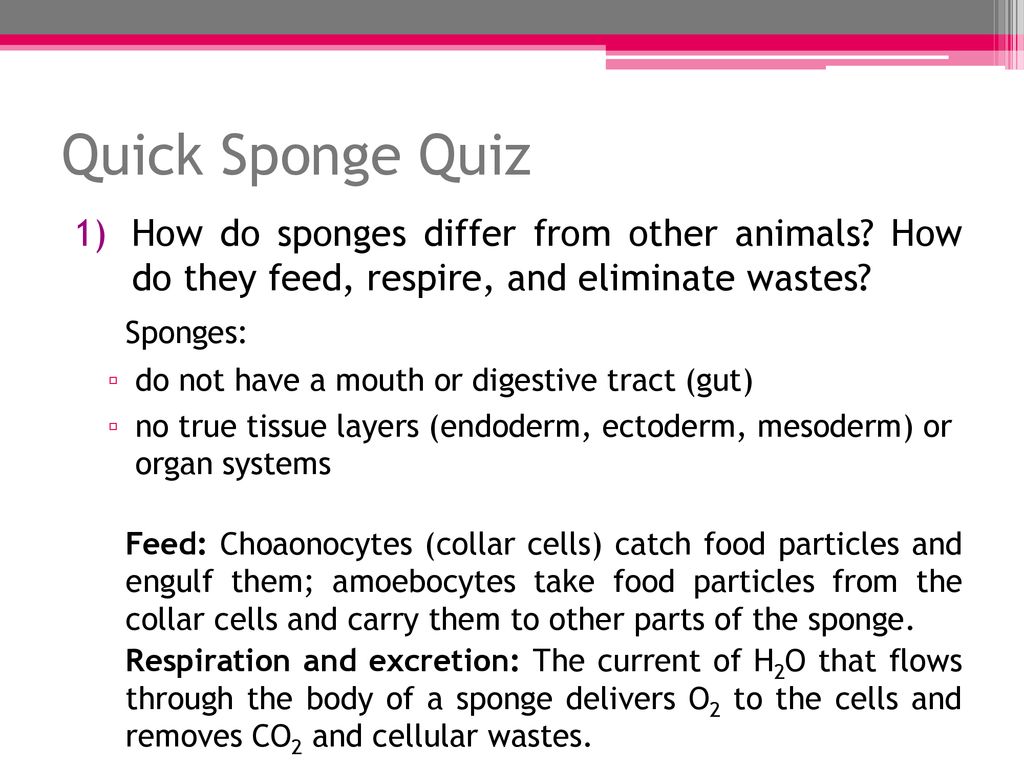Sponges are multicellular, heterotrophic, lack cell walls, and are similar to other animals in that they produce sperm cells. Unlike other animals, they lack real tissues and organs. many spongins have an internal skeleton of spongin and / or spicules of calcium carbonate or silicon dioxide (skeleton-like fragments).
How is a sponge different from other animals?
Sponges are multicellular, lack cell walls, and are similar to other animals in that they produce sperm cells. Unlike other animals, they lack true tissues and organs and do not have body symmetry. Their body shape adapts to the efficient flow of water through their central cavity. 2015
How unique is a sponge among animals?
Sponge is an abnormal cell tissue (cells do not form tissues or organs found in other animals), the ability to regenerate lost parts, and their biochemical characteristics ( They are many compounds unknown to other animals.
What about sponges like animals?
Sponges may have been the first multicellular animals. Sponges are male and female (male and female cells are present in one animal) and release sperm into a stream of water to carry them to other sponges, where they interact with eggs for sexual reproduction. . The sponge can also reproduce asexually.

Below you will find two helpful answers on a similar topic. 👇
Do bunnies love you like dogs?What do the different blood pressure categories mean?
